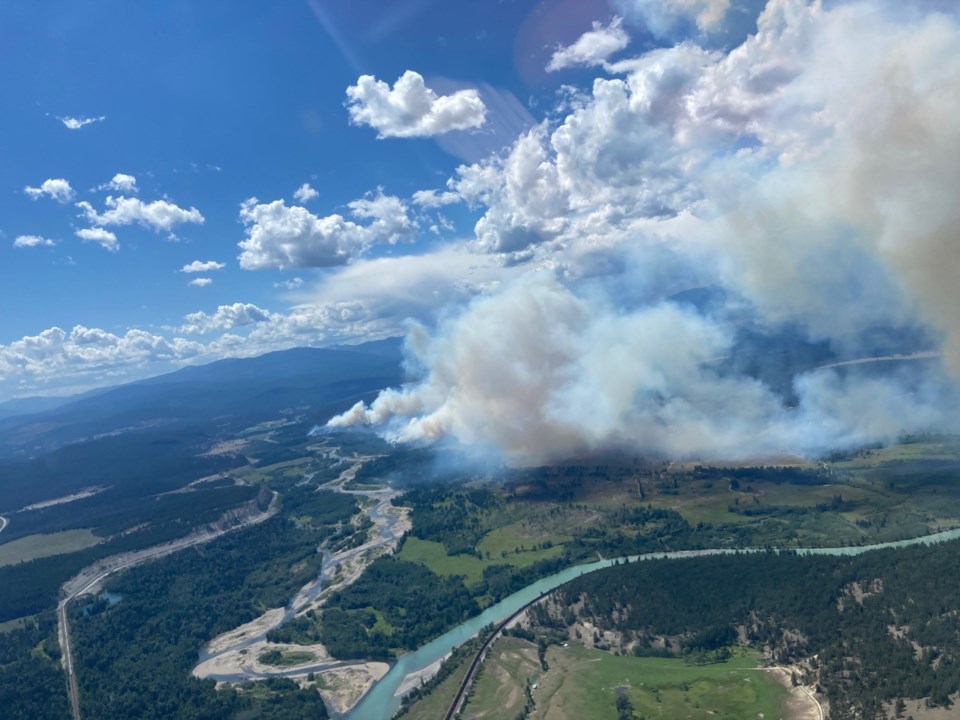Wildfire affects us all. Differently. This is the central message from research about the social dimensions of climate hazards.
has calculated potential land area burned, counted the dollars spent in evacuation and recovery and proposed technical and measures to cope with longer and more intense fire seasons.
However, less attention has been paid to how different groups of people are affected and the intangible social losses they experience.
As researchers working on gender, diversity and environment, we believe that to effectively address climate hazards like wildfire, we must consider the diverse experiences of people. We must also account for longstanding “taken for granted” institutions and create processes that empower local people to plan, respond and learn from their specific experiences.
The diverse experiences of wildfire
Over the past decade, we have conducted multiple projects in the boreal region of western Canada to learn how residents experience and plan for wildfire.
While governments and the , community residents tend to focus on losses associated with mental and emotional well-being, social exclusions and the grief they experience from changes to the places and landscapes they love.
Even within small communities, according to peoples’ gender, socio-economic status, Indigenous identity, age, their social networks and other characteristics. resulting in diverse experiences of wildfire.
, for instance, provided examples of Indigenous women with young children worrying that their children would be taken away during evacuations if they did not “behave.”
In other instances, men felt pressure to stay and fight the fires to protect their assets, despite the health and safety risks. Meanwhile community members were worried about how the fires would affect their sense of belonging to a place.
Other studies have similarly shown that people experience wildfire differently at various intersections of, for example, , and .
These differences are influenced by the social institutions that shape our experiences, such as colonial legacies and gendered norms and expectations.
In the above example, the women’s experiences of anxiety were influenced by legacies of harmful assimilative practices of residential schools and the Sixties Scoop, which . This in addition to the ongoing inequalities and injustices that see .
Masculine norms and expectations to be community protectors also often influence men’s decisions to “stay and fight” during the event and .
Institutions can help or hinder
Institutions we take for granted can exacerbate the secondary risks people face from wildfire events.
Top-down, command-and-control approaches to emergency management are often very effective in getting people out of immediate harm’s way when wildfires draw near. But evacuation triage processes that .
Realizing these gaps, Indigenous residents and their governments have often taken the initiative to offer culturally appropriate and timely provision of food, supplies, temporary residences and social supports for evacuees in addition to fighting the fires.
The “”, hosted by Beardy’s and Okemasis First Nation in Saskatchewan in 2015, is but one example.
While people are impacted by wildfire and evacuations in different ways, community members also have important knowledge — including information about the land, social context, cultural protocols, and local values — which is critical during and after wildfires and other extreme events.
In our studies, when residents spoke about the need to rebuild their communities, they meant much more than the physical bricks and mortar, calling for projects that demonstrate care for one another and learn from the past.
Learning from these experiences, we are now engaging in research that supports local people from diverse situations and .
This is hopeful work.
Working together builds resilience
Addressing climate change and climate hazards requires governments, community-based organizations and even private sector entities at all levels to fund and
This will help communities plan and adapt in ways that account for diversity of experience, address underlying social inequalities and draw on local strengths and knowledge.
An inclusive approach involves meaningful engagement processes with diverse groups of people within communities, facilitated by robust funding and social infrastructure, alongside a re-thinking of institutions or “rules in use” that are taken for granted.
By accounting for social dimensions in each of these contexts, we can help empower communities to leverage local innovation and strengthen their resilience in the face of climate hazards.
Maureen Reed receives funding from the Social Sciences and Humanities Research Council of Canada.
Amber J. Fletcher receives funding from the Social Sciences and Humanities Research Council of Canada.
Heidi Walker receives funding from the Social Sciences and Humanities Research Council of Canada.



